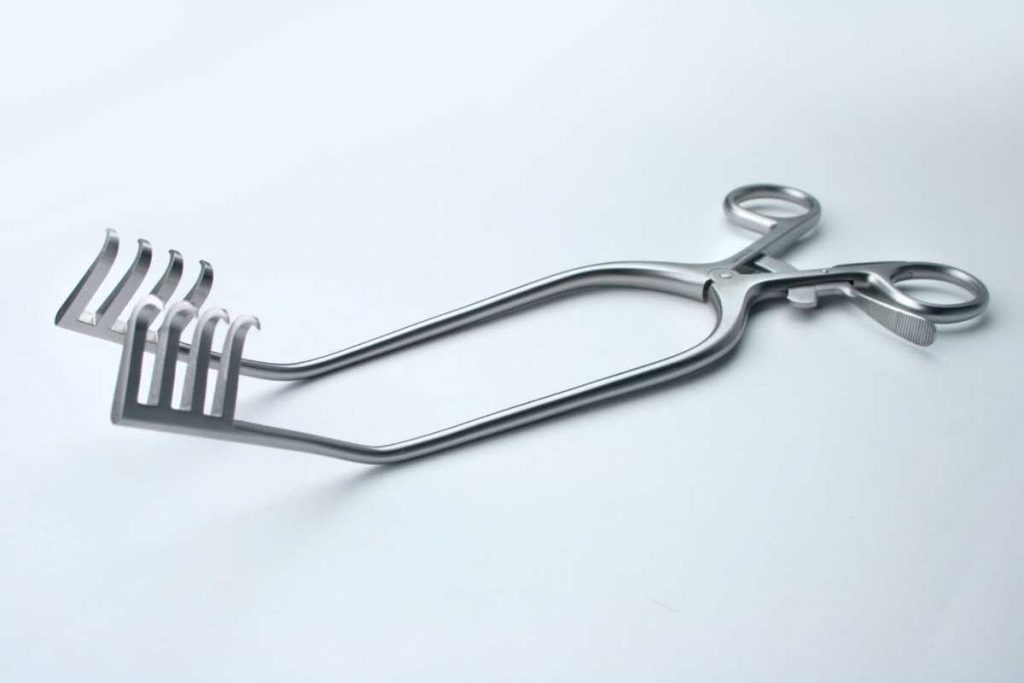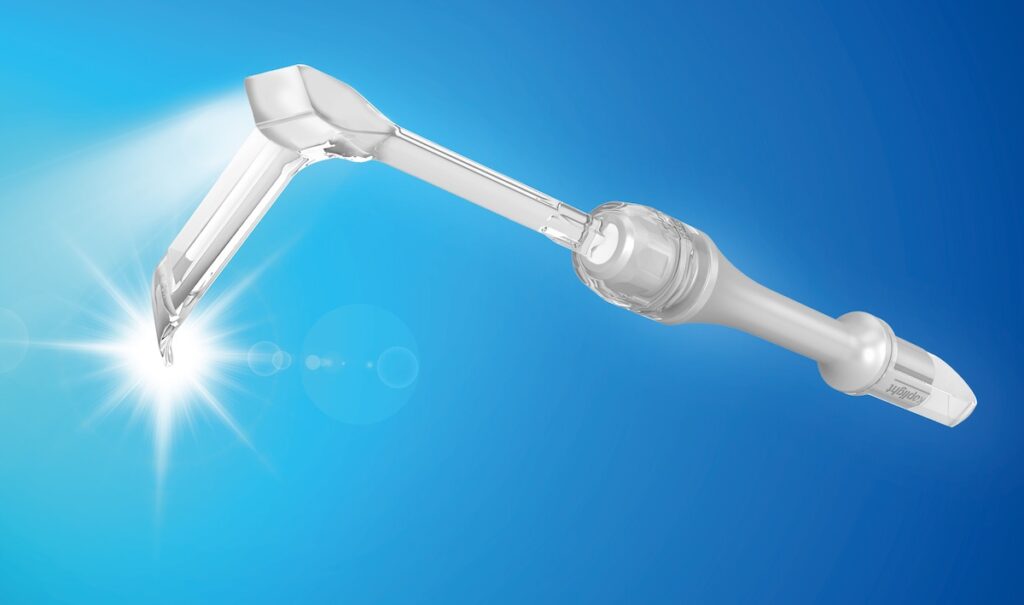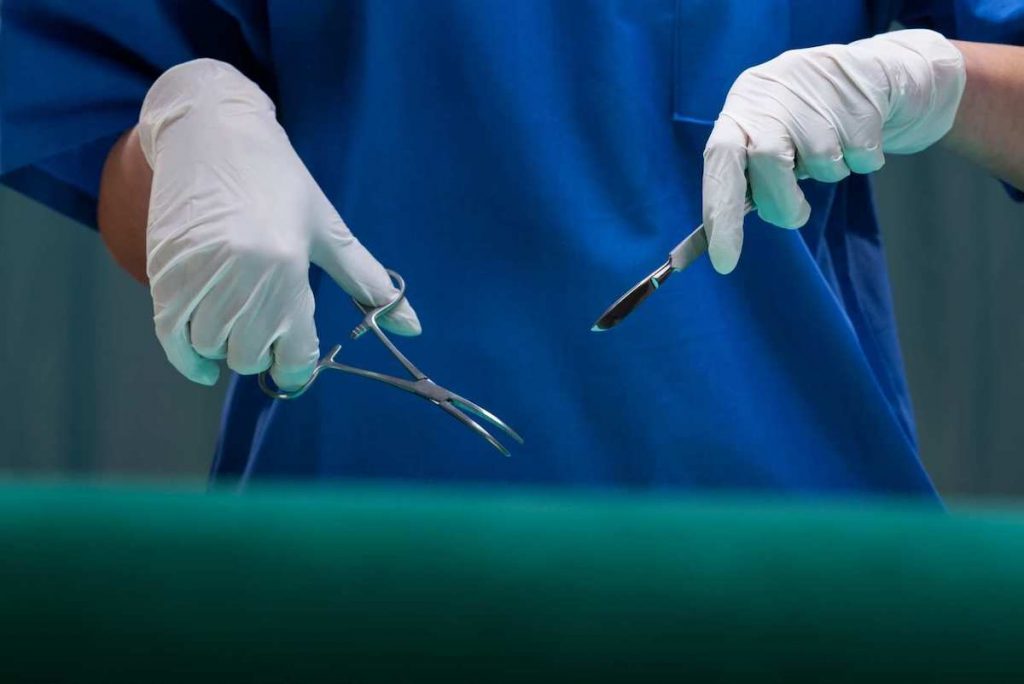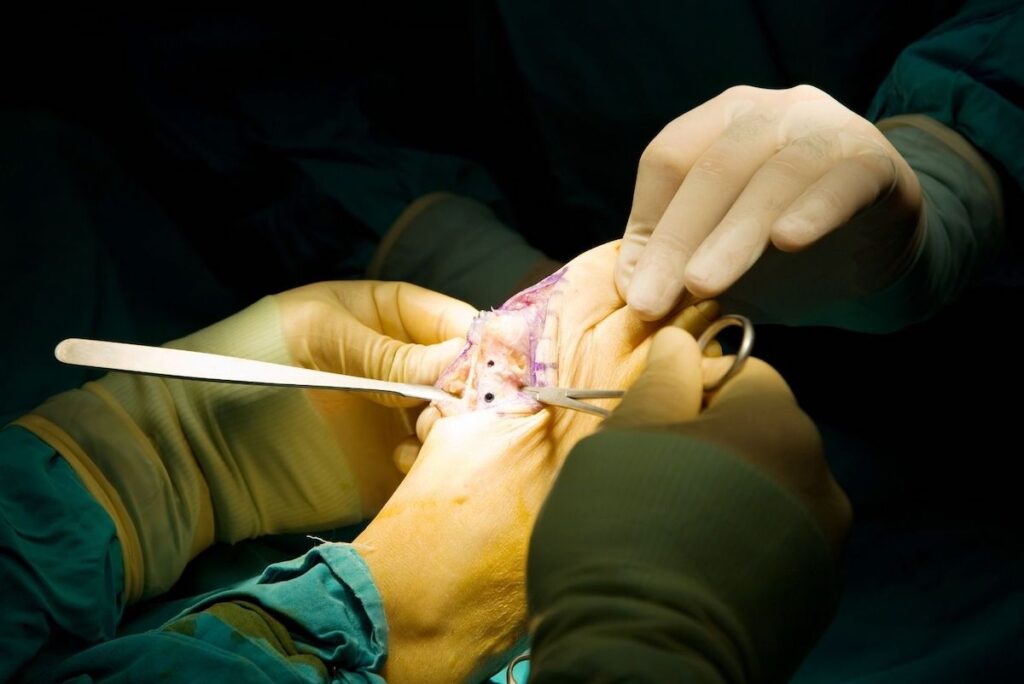Handheld retractors are surgical devices that separate bodily tissues during surgery. Unlike larger retractors, they can be held in a single hand. Self-retaining handheld retractors can be locked into place with no need for manual force to keep them open. But often a handheld retractor requires continual manipulation.
This type of retractor is especially useful for surgeries in smaller areas requiring small, precise incisions and openings, such as tracheotomies and dental surgery. Many surgeons are unaware of the variety and use of all handheld retractors, as well as recent advances such as single-use and self-lighting retractors. This article will give some guidance.
What’s a handheld retractor and how is it used?
Handheld retractors serve two main purposes. The first is to move tissues away from the field of vision so the surgeon can focus on the surgical area. Basically, to clear the view.
The second is to protect vital organs during the surgery. This is important because surgeons usually use many cutting and burning tools.
Handheld retractors are held by an assistant while the surgeon is operating, though self-retaining handheld retractors can be set in place at a predetermined width.
Example uses
In stomach ulcer surgery, the assistant may use a retractor to clear other tissues out of the field of view. The surgeon then has an unobstructed view of the stomach. At the same time, the retractor also guards other organs, such as the liver.
The surgeon can ask the assistant holding the tool to quickly adjust the tension or change the position. Or, with a self-retractor, the surgeon can set it in place themselves.
For example, during an appendectomy, if there is sudden bleeding next to the retractor blade (the part that maintains the opening), the surgeon can ask the assistant to immediately move the retractor away and quickly attend to the bleeding. This may take longer with a self-retaining retractor.
Surgery types that use handheld retractors
Most open surgeries can benefit from handheld retractors, such as abdominal, breast, spine, joint, and oral surgeries.
Surgeons often prefer self-retaining retractors for laparoscopic surgeries and robotic surgeries, and some handheld retractors specially designed for laparoscopic surgeries are also available.
What are the variations of handheld retractors?
There are many types of handheld retractors. Some are named after their inventors.
The Senn retractor for orthopedic, thyroid, cosmetic, and other surgeries is named after its developer, the U.S. surgeon Nicholas Senn. It has two ends: one L-shaped and the other three-pronged.
The Deaver retractor is a thin, flat, curved instrument. It is used mostly in surgeries in which there are deep cuts, such as abdominal or chest surgery. For example, it is used in cholecystectomy for retracting the right lobe of the liver. It’s named after U.S. surgeon John Deaver, a pioneer in abdominal surgery.
The Richardson retractor is named after its inventor Maurice Richardson. It is used in deep surgeries of the abdomen and the chest, and in Caesarean sections.
The Meyerding finger retractor was developed by U.S. orthopedic surgeon Henry Meyerding. It has a curved blade that is bent 90 degrees and has a toothed edge. It is finger-operated and used in delicate surgeries, such as spine surgeries.
The curiously named Army–Navy retractor was developed by the U.S. military. This retractor is used to retract skin or bones.
Others include the Ribbon retractor, Weitlaner retractor, Davis retractor, and Volkman retractor. Each has a specific set of purposes.

Some retractors are simply named after the organ they retract: such as the deep abdominal retractor, lung retractor, and skin retractor.
Laparoscopic retractors provide a good view through the narrow laparoscopy port, while causing little damage to surrounding tissues. Some of these are handheld retractors, such as the Snowden-Pencer retractor, Pretzelflex retractor, and Nathanson Retractor.
All these retractors are often available in different shapes and sizes.
| Retractor | Name’s origin | Appearance | Use |
| Senn retractor | American surgeon Nicholas Senn | Two ends: L-shaped and three-pronged | Surgeries of bone, joints, thyroid glands, or for cosmetic surgeries |
| Deaver retractor | American surgeon John Deaver | Thin, flat, curved blade | Deep surgeries of the abdomen and chest |
| Richardson retractor | American surgeon Maurice Richardson | Large handle and a single grooved 90-degree blade | Deep surgeries of the abdomen and the chest; also in Caesarean sections |
| Meyerding finger retractor | American orthopedic surgeon Henry Meyerding | Finger-operated: curved 90-degree blade, toothed edge | Delicate surgeries, such as spine surgeries |
| Army–Navy retractor | Not exactly known; developed by the US military | Double-ended, perforated handle, two 90-degree-angled blades | Retracting skin or bones |
| Snowden–Pencer triangular retractor | Leonard Snowden and George Pencer | Flexible, snakelike, hollow metal tubes. When tightened, the ends bend into a triangular shape | Retracting liver and other organs during laparoscopic surgeries |
What materials are handheld retractors made of?
Most handheld retractors are made up of metal, with stainless steel usually preferred. Metal is sturdy, has a long life, and can be sterilized for reuse. Stainless steel is comparably lightweight, has non-reactivity with the human body, resists corrosion, and has poor electric conductance (which is a good thing, being near electrical devices). Modern plastic retractors, such as our koplight retractor, however, are changing how surgeons (and distributors) think about retractors. Metal is no longer the standard.

Researchers are also coming up with different metal combinations for retractors, such as aluminum, and titanium. There is also interest in more exotic metals, such as niobium and tantalum.
Use of surgical-grade plastic for retractors is an exciting newer option with many accompanying benefits and increasingly little tradeoff in durability. Plastic polymers such as polyarylamide (PARA) and polyaryletherketone (PAEK) are often used in retractor manufacturing. This allows retractors to have a better grip, reduces costs, and gives a sleeker profile.
Plastic retractors often come with extra features, such as in-built LED lighting. This variant, called a “lighted retractor” or “light retractor,” adds to the external light in the operating room, and gives a better view of the surgical field. The Yasui koplight is a leading, high-quality option, with made-in-Japan attention to detail.
The koplight also has clear blades to further enhance the view and that give minimal interference on medical imaging.
Plastic retractors tend to be more maneuverable than metal retractors. They’re also disposable (or parts of them, such as the blades, are disposable) and they weigh less. This reduces the operator’s fatigue and allows quick and easy adjustment of positions.
So, while metal is the durable standby, plastic retractors appear to be the future, especially for smaller, lighter-weight retractors.
What new advances are there in handheld retractors?
A great deal of research is going on with handheld retractors. For example, nitinol (nickel-titanium alloy) retractors are being developed for laparoscopic and open surgeries. Nitinol is a shape memory alloy that can change back to its shape after stress has changed its shape.
There are also magnetic retraction forceps, that can do two jobs together – retraction and holding – while using magnetic force.
There is also ongoing research about inflatable retractors that enlarge after insertion in the body, and are then deflated before removing. This is especially helpful for laparoscopic surgeries in which the incision wounds are small.
Using elastic material to prepare retractors results in elasticated retractors. These retractors also help to keep the incision wound small.
Some retractors have suction tips fixed at the end, which can help surgeons perform retraction and suction at the same time.
Technological advances have made 3D printing possible, and some researchers have developed 3D printed retractors. The possibilities are exciting and some of these are likely to eventually be commercialized.
Choice of handheld retractors for surgery
The choice of handheld retractor depends on the type of surgery, the body part being operated on, the need for disposal after one or two uses, and the surgeon’s preference. Surgeons, after all, are technicians but they are also like skilled artisans.
Surgeons usually prefer handheld retractors for performing open surgeries.

For most laparoscopic surgeries, in addition to laparoscopic retractors, surgeons also keep handheld retractors used for open surgeries readily available. This is because, depending on the patient and the disease, surgeons may need to convert laparoscopic surgery into open surgery.
For example, a laparoscopic cholecystectomy may need to be converted into open cholecystectomy.
No matter what type of surgery is performed, retraction is essential, and handheld retractors continue to remain a vital, versatile tool for surgeons worldwide.
If you’re interested in a lightweight, handheld plastic retractor that can provide targeted light, the Yasui koplight may be a game-changer. If you’re a distributor constantly in search of new and attractive devices for your clients, we can help you see the advantages. Please get in touch with any questions or for more details.

